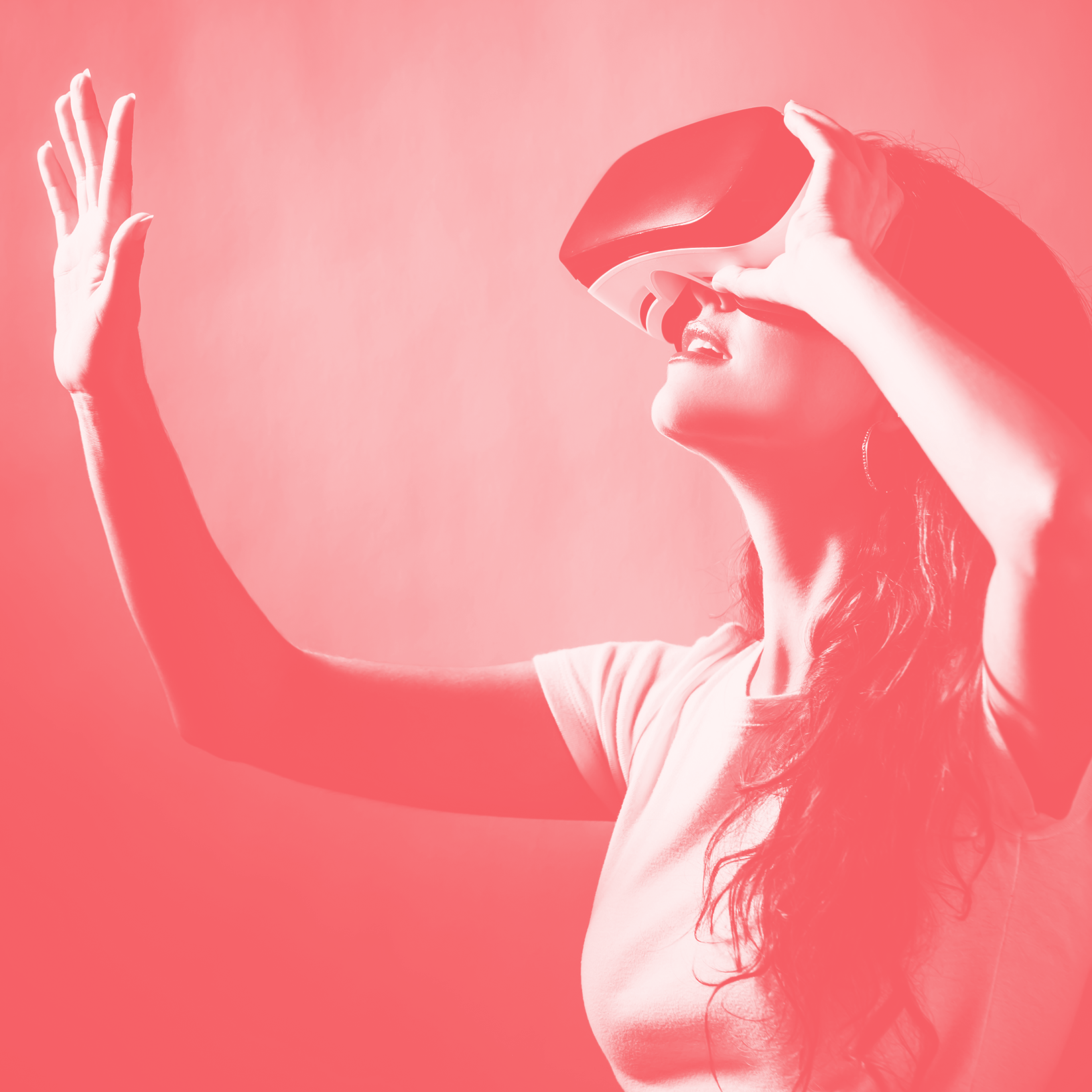The technology
The technology underpinning the realities themselves is not new but the computing power has only recently become available to make them truly commercially viable. New realities are typically accessed through head-mounted displays (HMDs) though, in the case of AR, these can be provided through a device with a camera and display screen, such as a tablet or phone.
The potential
The real excitement surrounding new realities is in their potential to succeed today’s mobile devices and become the dominant medium through which people interact with technology. It also has the potential to significantly improve technologies such as videoconferencing, telepresence and remote collaboration. While these are in use today, many have failed to live up to their initial hype.
VR and AR both enable new kinds of experiences and platforms for collaboration and interaction. In future it will be possible to carry out many of today’s business and leisure activities inside virtual spaces. An early example from the commercial world is the use of VR by architects or property agents to provide consumers with virtual tours of buildings. AR technology is also being used in the manufacturing sector for product training and field engineering services, helping in the installation and maintenance of equipment.
The barriers
The current generation of HMDs are rather bulky and uncomfortable to wear for prolonged periods. There are also concerns about the psychological and health impacts that may arise from long exposure to highly immersive virtual environments. A further barrier to adoption is the cultural sensitivities around the use of HMDs in public places, as seen in the widespread rejection of GoogleGlass due to privacy fears.


















